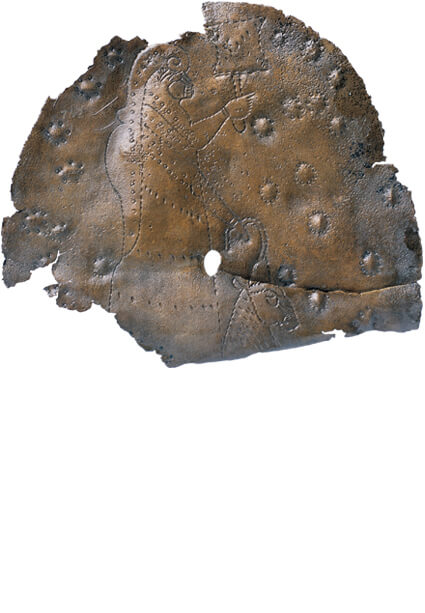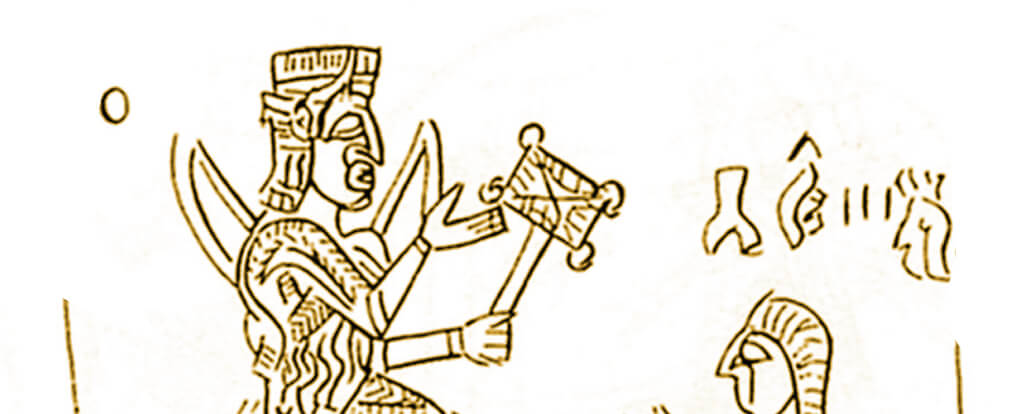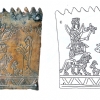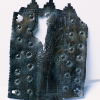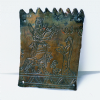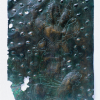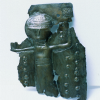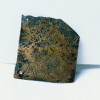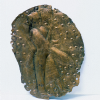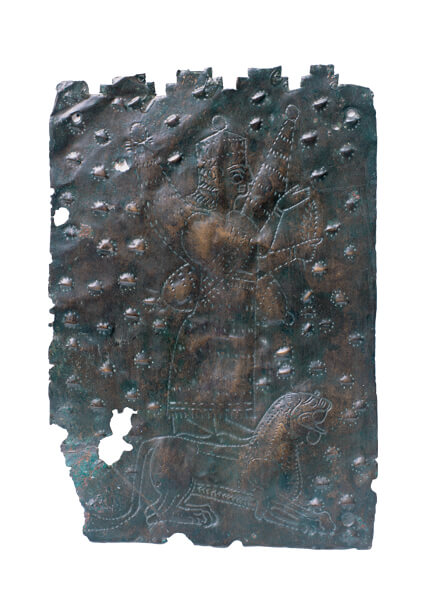- HISTORY AND GEOGRAPHY
- LANGUAGE AND WRITING
- SOCIAL STRUCTURE
- SETTLEMENT AND ARCHITECTURE▼
- RELIGION▼
- ARMY
- ART▼
- EXCAVATED AREAS▼
- Capital Tushba
- Çavuştepe (Sardurihinili)
- Ayanis (Rusahinili Eidurukai)
- Erzincan-Altintepe
- Toprakkale (Rusahinili Qilbani-kai)
- Upper Anzaf
- Karmir Blur (Teişebai URU)
- Armavir Blur (Argiştihinili)
- Arinberd/Erebuni
- Bastam (Rusai-URU.TUR)
- Kef Fortress (Haldiei URU)
- Körzüt
- Patnos-Aznavurtepe
- Kayalıdere
- Ernis
- Karagündüz
- Dilkaya
- Yoncatepe
- Van-Altıntepe
- Kalecik
- Hasanlu
- MAP▼
- TOURISM▼



